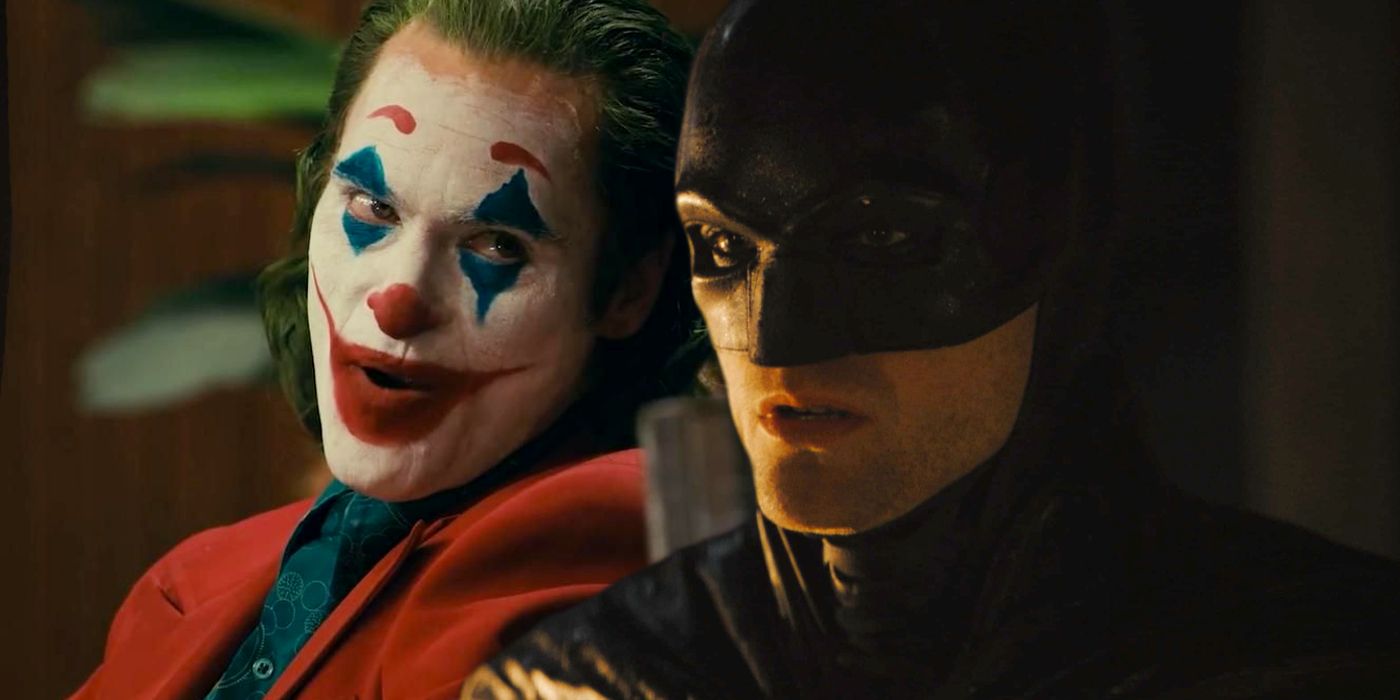Nominations voting is from January 8-12, 2025, with official Oscar nominations announced January 17, 2025. Final voting is February 11-18, 2025. And finally, the 97th Oscars telecast will be broadcast on Sunday, March 2 and air live on ABC at 7:00 p.m. ET/ 4:00 p.m. PT. We update our picks through awards season, so keep checking IndieWire for all our 2025 Oscar predictions.
The State of the Race
The best news regarding the Best International Feature race is that it draws more and more attention from a wider audience than just those members of the Academy who opt into participating in preliminary voting for the category. The worst news is that everyone, for the most part, ends up falling in love with more films from across the world than the 15 slots available.
Filmmakers around the globe are doing incredible work, so it is unfortunate that the shortlist tends to end up being so eurocentric. It’s easy to place blame on Cannes, since the French Riviera-set festival the launchpad for most of the frontrunners each year, but organizers do actually do a good job of diversifying its slate in terms of countries represented. Sometimes it is a case of the country not knowing what is good for them, with India being the prime example of a country possibly missing out on an Oscar nomination because it chose the Kiran Rao’s “Lost Ladies,” a film with more ties to its Bollywood industry, over Payal Kapadia’s “All We Imagine as Light,” which was already winning awards on a global stage, like the Cannes Grand Prix, while still being an independent production.
Other Cannes premieres that are likely to be on the shortlist include France’s submission “Emilia Pérez,” a frontrunner for Best Picture itself; Latvia’s submission “Flow,” which is also a likely Best Animated Feature nominee; Denmark’s “The Girl With the Needle,” a dark horse for a Best Cinematography as well; and Germany’s submission “The Seed of the Sacred Fig,” a dark horse for a Best Director nomination, as filmmaker Mohammad Rasoulof made it in secret and had to escape Iran in order to complete the film.
While those are all European submissions, festivals like Berlin and Venice widened the net a bit more, with the former awarding the Golden Bear to Senegal’s submission “Dahomey,” also a major Best Documentary Feature contender, and the latter awarding the Silver Lion Grand Jury Prize to Italy’s submission ”Vermiglio” and Best Screenplay to Brazil’s submission “I’m Still Here.”
Sundance also is circling back into being a major factor in the Best International Feature race, with Ireland’s submission “Kneecap” taking the British Independent Film Awards by storm, and Mexico’s submission “Sujo” and Switzlerland’s submission “Reinas” gaining momentum right as preliminary voting began.
Again, it would be hard to believe that not all 15 films that make the shortlist deserve, as there are more than 15 submissions that do, but the hope would again be for countries across the globe to be represented rather than just one continent dominating. “Dahomey” is the most likely submission from an African country to make it, but Kenya’s true-to-life drama “Nawi” is a highlight among the submissions from countries that barely get recognized. “Flow” is the main animation project international voters have their eyes on, but Pakistan’s submission “The Glassworker” is also very exciting, deserving work within the medium.
And South America is coming in strong with contenders like Costa Rica’s submission “Memories of a Burning Body,” and Peru’s submission “Yana-Wara,” but the film that feels the most like the little engine that could break into the Best International Feature race is Thailand’s submission “How to Make Millions Before Grandma Dies,” which has been available on Netflix for a while, and therefore received a huge swelling of support from the greater cinephile community.
Contenders for the shortlist of 15 are listed in alphabetical order below.
Frontrunners:
“Dahomey” (Mati Diop, Senegal)
“Emilia Pérez” (Jacques Audiard, France)
“Flow” (Gints Zilbalodis, Latvia)
“The Girl With the Needle” (Magnus von Horn, Denmark)
“Grand Tour” (Miguel Gomes, Portugal)
“How to Make Millions Before Grandma Dies” (Pat Boonnitipat, Thailand)
“I’m Still Here” (Walter Salles, Brazil)
“Kneecap” (Rich Peppiatt, Ireland)
“The Seed of the Sacred Fig” (Mohammad Rasoulof, Germany)
“Santosh” (Sandhya Suri, United Kingdom)
“Sujo” (Astrid Rondero and Fernanda Valadez, Mexico)
“Touch” (Baltasar Kormákur, Iceland)
“Universal Language” (Matthew Rankin, Canada)
“Vermiglio” (Maura Delpero, Italy)
“Waves” (Jiří Mádl, Czech Republic)
Contenders:
“Abang Adik” (Jin Ong, Malaysia)
“Aire: Just Breathe” (Leticia Tonos, Dominican Republic)
“Algiers” (Chakib Taleb-Bendiab, Algeria)
“The Antique” (Rusudan Glurjidze, Georgia)
“And So It Begins” (Ramona S. Diaz, Philippines)
“Armand” (Halfdan Ullmann Tøndel, Norway)
“Arzé” (Mira Shaib, Lebanon)
“Baghdad Messi” (Sahim Omar Kalifa, Iraq)
“Bauryna Salu” (Askhat Kuchencherekov, Kazakhstan)
“Beautiful Evening, Beautiful Day” (Ivona Juka, Croatia)
“Behind the Mist” (Sebastián Cordero, Ecuador)
“Castillo” (Abigail Mallia, Malta)
“Children of Las Brisas” (Marianela Maldonado, Venezuela)
“Cloud” (Kiyoshi Kurosawa, Japan)
“Come Closer” (Tom Nesher, Israel)
“The Devil’s Bath” (Severin Fiala and Veronika Franz, Austria)
“Drowning Dry” (Laurynas Bareiša, Lithuania)
“Everybody Loves Touda” (Nabil Ayouch, Morocco)
“Family Therapy” (Sonja Prosenc, Slovenia)
“Family Time” (Tia Kouvo, Finland)
“Flight 404” (Hani Khalifa, Egypt)
“From Ground Zero” (Various Directors, Palestine)
“The Glassworker” (Usman Riaz, Pakistan)
“Heaven is Beneath Mother’s Feet” (Ruslan Akun, Kyrgyzstan)
“The Hungarian Dressmaker” (Iveta Grófová, Slovakia)
“If Only I Could Hibernate” (Zoljargal Purevdash, Mongolia)
“In Her Place” (Maite Alberdi, Chile)
“In the Arms of the Tree” (Babak Lotfi Khajepasha, Iran)
“Julie Keeps Quiet” (Leonardo Van Dijl, Belgium)
“Kill the Jockey” (Luis Ortega, Argentina)
“Kismet” (Ngang Romanus, Cameroon)
“La Palisiada” (Philip Sotnychenko, Ukraine)
“La Suprema” (Felipe Holguin, Colombia)
“Lost Ladies” (Kiran Rao, India)
“The Last” (Sebastián Peña Escobar, Paraguay)
“The Last Journey” (Filip Hammar and Fredrik Wikingsson, Sweden)
“Life” (Zeki Demirkubuz, Turkey)
“Mai Martaba” (Prince Aboki, Nigeria)
“Meeting with Pol Pot” (Rithy Panh, Cambodia)
“Melody” (Behrouz Sebt Rasoul, Tajikistan)
“Memories of a Burning Body” (Antonella Sudasassi, Costa Rica)
“Memory Lane” (Jelle de Jonge, Netherlands)
“Murderess” (Eva Nathena, Greece)
“My Late Summer” (Danis Tanović, Bosnia and Herzegovina)
“Nawi” (Vallentine Chelluget, Apuu Mourine, Kevin Schmutzler, and Toby Schmutzler, Kenya)
“Old Fox” (Hsiao Ya-chuan, Taiwan)
“Old Righteous Blues” (Muneera Sallies, South Africa)
“Own Hand” (Gory Patiño, Bolivia)
“Peach Blossom, Pho and Piano” (Phi Tiến Sơn, Vietnam)
“Reinas” (Klaudia Reynicke, Switzerland)
“Rita” (Jayro Bustamante, Guatemala)
“Russian Consul” (Miroslav Lekić, Serbia)
“Saturn Return” (Isaki Lacuesta and Pol Rodríguez, Spain)
“Semmelweis” (Lajos Koltai, Hungary)
“Shambhala” (Min Bahadur Bham, Nepal)
“Supermarket” (Nemanja Bečanović, Montenegro)
“Take My Breath” (Nada Mezni Hafaiedh, Tunisia)
“Three Kilometres to the End of the World” (Emanuel Pârvu, Romania)
“Triumph” (Kristina Grozeva and Petar Valchanov, Bulgaria)
“Twilight of the Warriors: Walled In” (Soi Cheang, Hong Kong)
“Under the Volcano” (Damian Kocur, Poland)
“Wake Up Mom” (Arianne Benedetti, Panama)
“Waterdrop” (Robert Budina, Albania)
“Women from Rote Island” (Jeremias Nyangoen, Indonesia)
“The Wrestler” (Iqbal Hossain Chowdhury, Bangladesh)
“Yana-Wara” (Óscar Catacora and Tito Catacora, Peru)
“Yasha and Leonid Brezhnev” (Edgar Baghdasaryan, Armenia)
“8 Views of Lake Biwa” (Marko Raat, Estonia)
“12.12: The Day” (Kim Sung-su, South Korea)

 3 weeks ago
10
3 weeks ago
10










 English (US) ·
English (US) ·